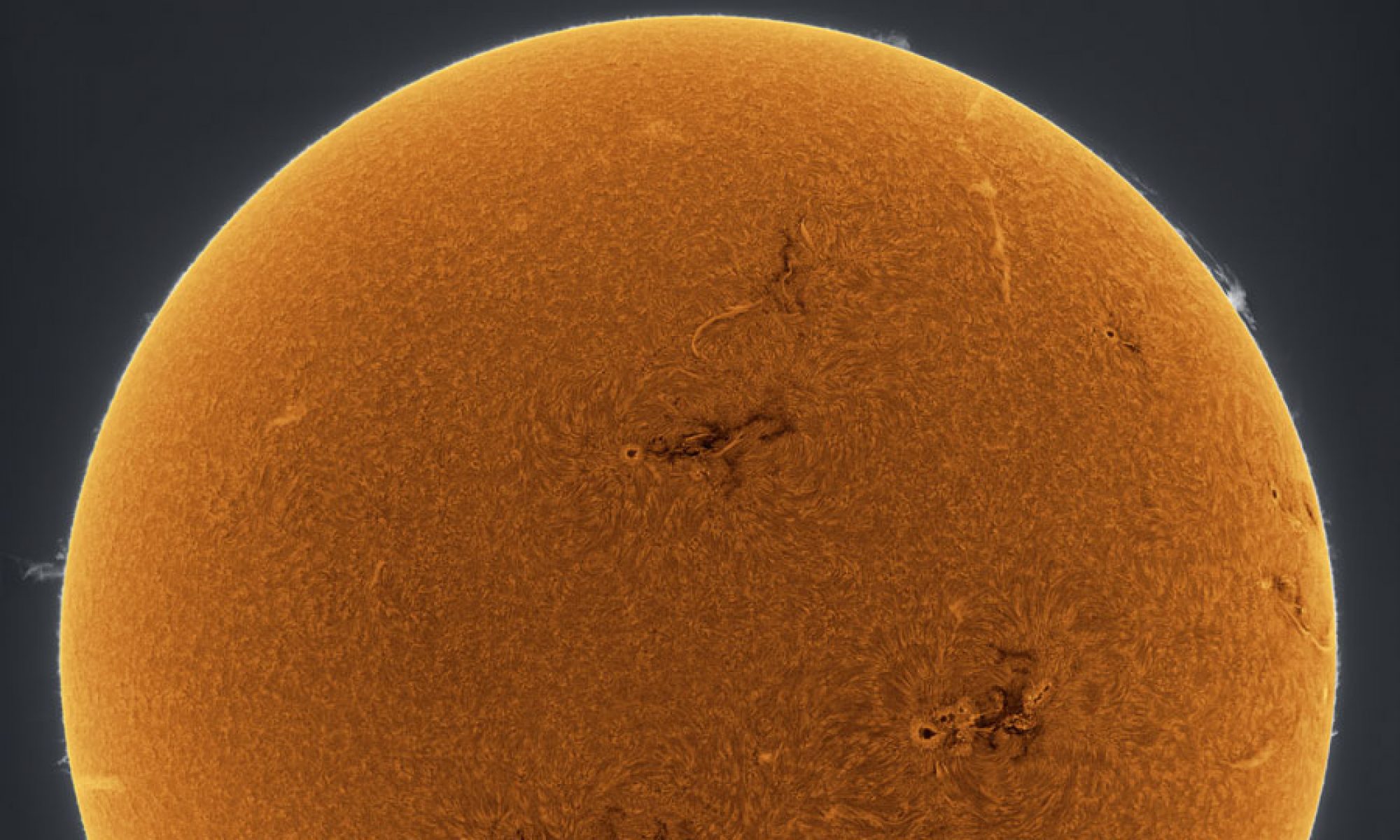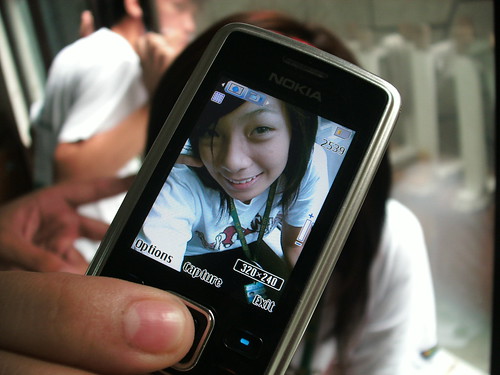I've just completed my Master's Proposal1. While the process wasn't exactly enjoyable, I did enjoy being required to sit down and think through a pretty major student-centered unit from beginning to end. My hope in designing this unit was to hopefully narrow the divide between how a scientist does science and how we teach students science.
I'll give you the quick & dirty summary below, but if you'd like to read the entire proposal: Have at it.
Goals
- Make learning about science more like doing science
- Allow students the freedom to follow their passions (within a broad framework)
- Connect students to professionals who actively work or participate in their area of interest
- Foster creative thinking and problem solving skills among students
In the first few weeks of the semester students will be introduced to:
- the ideas behind the project and goals of the project
- tools that will allow them to communicate and collaborate with classmates and outside collaborators
- participate in smaller projects designed to grow independent learning and monitoring skills
The Main Thrust
- Within a general topical framework (in this case: global warming), students will investigate topics and ideas that they find intriguing and interesting.
- While there will be no set groups, students interested in similar topics may choose to investigate these ideas together. If they want to follow different paths later, they can freely dissociate as well.
- Student experimentation, observation, and investigation will be encouraged.
- Students will be expected to take their investigations beyond simple internet research.
Assessment
- Students will meet at minimum twice a week with me to discuss what they've learned so far, problems they've run into, and future topics of investigation.
- Regular reflections will be expected from each student. These can be in any format.
- 5-minute "What I've Done So Far" presentations will be given by each student two weeks and four weeks into the unit.
- A final demonstration of learning will conclude the unit. The demonstration can be done in any format that can be shared online. The emphasis of the demonstration is to show the depth and breadth of the students learning.
I Still Have Questions
- I feel I can accurately assess student learning throughout this project. I'm not sure how to actually give students letter grades.
- I'm worried about kids buying into the whole thing. Perhaps this is just unnecessary worrying, but I'm having nightmares of students just sitting around for 6 weeks twiddling their thumbs. What can I do to buy them in?
- I want to connect kids to "experts." These "experts" don't need to all be climate scientists2, just people who know or have some experience on the topic. This means you. And your friends. And your colleagues. Participation could range from something like mentoring a student, to a one-time Skype chat, to simply commenting on student work.
- Can you help?
___________





















